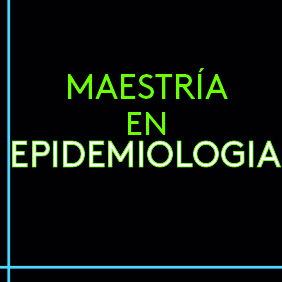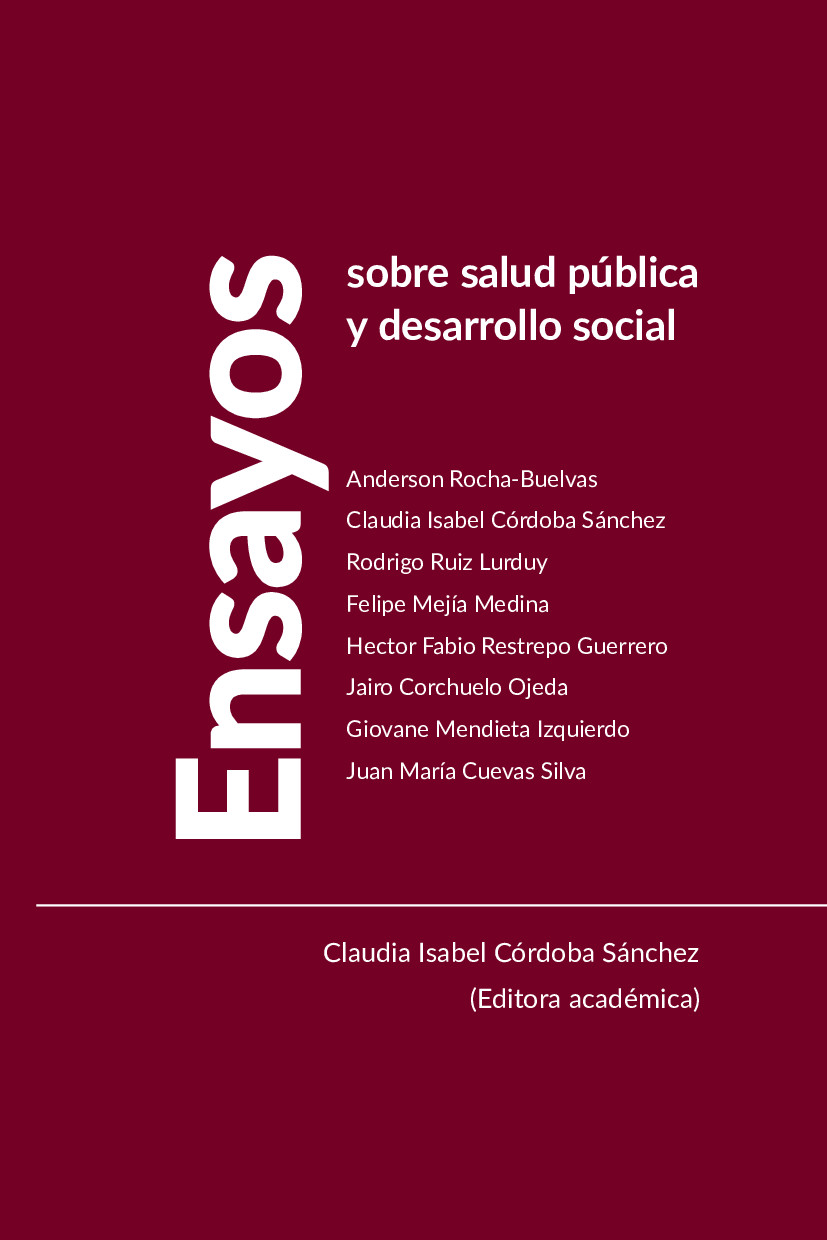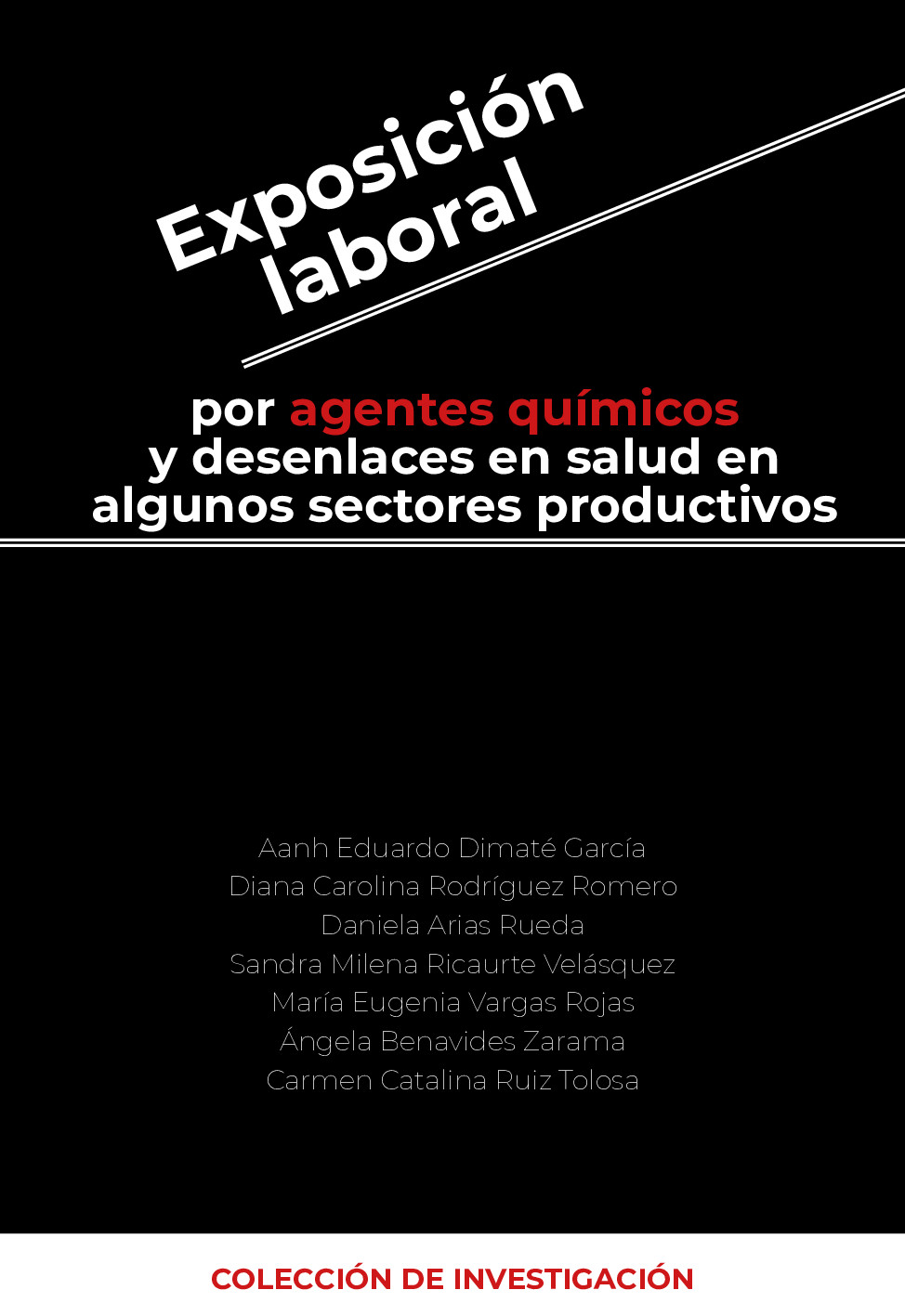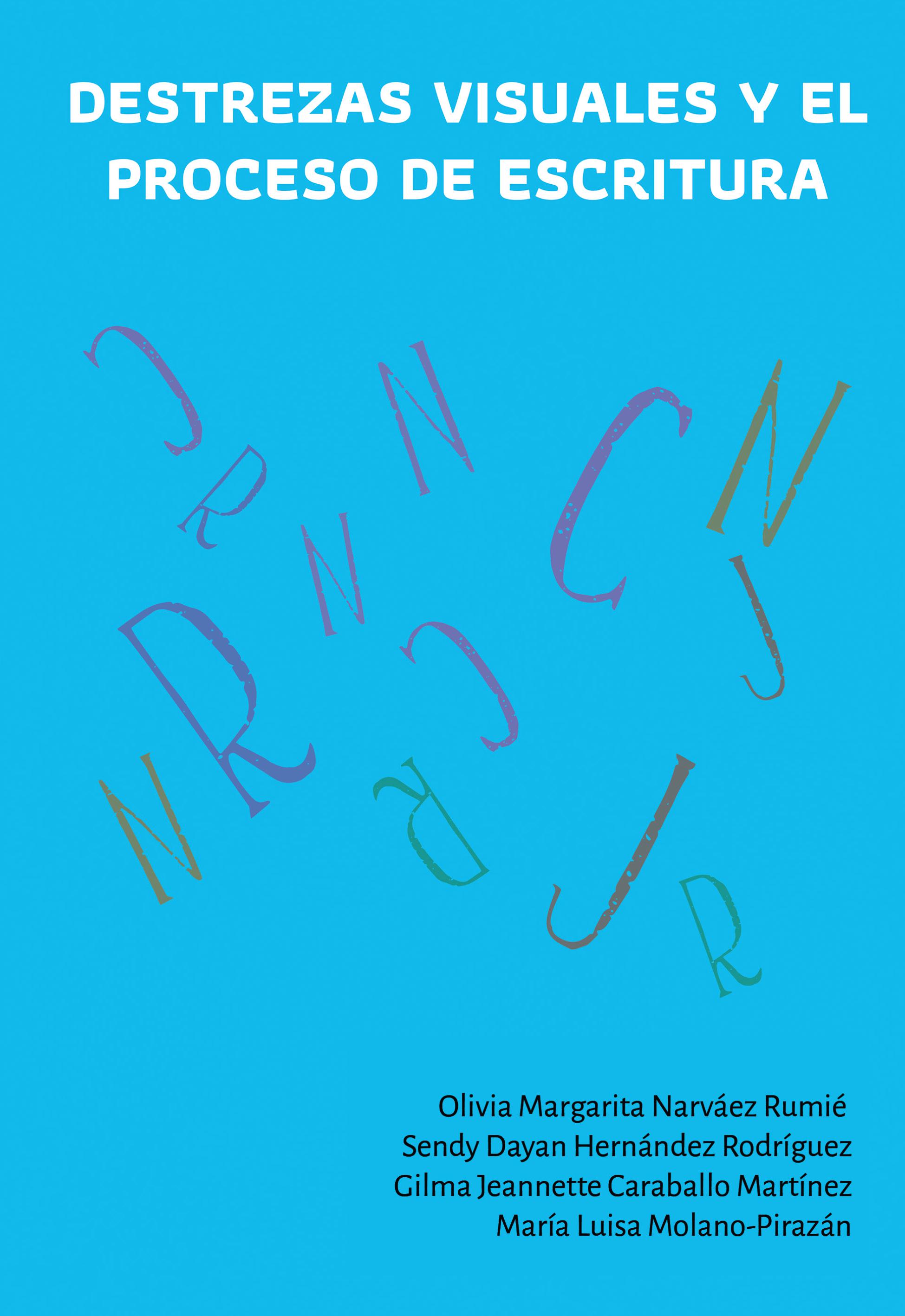Resumen
Antecedentes: durante el 2005 y 2006, Colombia adelantó una Jornada Nacional de Vacunación contra sarampión y rubéola, en la cual fue posible prever que algunas gestantes recibirían la vacuna de forma inadvertida y, para evitar su implicación de forma negativa en el producto del embarazo, se estableció para su seguimiento la vigilancia epidemiológica. Métodos: se realizó un estudio descriptivo de mujeres entre 14-39 años vacunadas contra la rubéola y el sarampión que desconocían estar embarazadas en el momento de recibir la vacuna. Se aplicaron pruebas detectoras de inmunoglobulina M (IgM) e inmunoglobulina G (IgG) contra el virus de la rubéola, clasificándolas como inmunes si se obtenían resultados negativos a IgM y positivos a IgG, en un lapso no mayor de 30 días después de la vacunación; se definieron como susceptibles si se obtenía un resultado positivo a IgM después de la vacunación, o indefinido si se obtenían resultados negativos a IgM y positivos a IgG tras un intervalo mayor de 30 días entre la vacunación y la aplicación de las pruebas serológicas.
Resultados: de 3489 gestantes vacunadas, 2732 obtuvieron un resultado de IgM (-) (78,3%); 510 fueron positivas para IgG-inmunes, y 87 negativos- susceptibles-; por IgM (+) se definieron como susceptibles 277 (7,9%) del total de casos. Es decir, se identificaron 364 (10,4%) casos susceptibles, 510 inmunes (14,6%), 66 (1,8%) con un resultado dudoso o sin segunda muestra y, 414 (11,8%) no se obtuvieron muestras por laboratorio. La seropositividad a IgM según el intervalo entre la vacunación y la aplicación de las pruebas serológicas fue de 5,4% (0-30 días; 10,1% (31-60 días); 8,4% (61-90 días), y 8,5% (≥ 90 días). En cuanto a la edad, se encontró que el grupo de 16-25 años tenía la mayor proporción de personas susceptibles a la rubéola (6,6%) y representaba el 46.9%(130/277) de todas las mujeres susceptibles Conclusione se justificó la vacunación poblacional de todas las mujeres en edades entre los 14-39 años sobre la base de datos epidemiológicos y serológicos. Durante el seguimiento de las embarazadas no se observó ningún caso de síndrome de rubéola congénita ocasionado por la vacuna antirrubeólica.
Abstract
Antecedents: during 2005 and 2006 Colombia implemented a nationwide day of vaccinations against Measles and Rubella, in the event it was to be expected that some pregnant women would be inadvertently administered with the vaccine. In order to prevent any detrimental effects on the pregnancy, these women were subsequently monitored by means of an epidemiological study. Methods: a field study was conducted into women aged between 14 and 39 who had received the Rubella and Measles vaccine without knowing that they were pregnant. Immunoglobulin M (IgM) and immunoglobulin G (IgG) tests for the detection of the rubella virus were applied in each case. If, within a period of no greater than 30 days from the moment of vaccination, the IgM results proved negative and the IgG results positive then the women were declared immune. However if the IgM results taken immediately after the vaccination registered as positive then the women were categorised as susceptible to the virus. The woman were classified as indeterminate if they showed negative IgM results and positive IgG results in a period exceeding the 30 days lapse between the vaccination and the application of the serological tests. Results: among 3,489 pregnant women that were administered with the vaccine, 2,732 displayed IgM results of (-) (78.3%); 510 displayed positive indices in the IgG – immunity tests, and 87 were negative-susceptible in this case-; out of all the cases treated in the IgM (+) band 277 (7.9%) were classed as susceptible. This is to say that 364 (10.4%) cases were identified as susceptible whilst 510 (14.6%) were deemed immune and only 66 (1.8%) appeared as doubtful or without result on second trial. 414 (11.8%) did not obtain their results in a laboratory. Those who proved HIV positive in reaction to the IgM - results are specific to the time lapse between the date of vaccination and the application of the serological tests – were as follows: 5.4%(0-30 days); 10.1% (31-60 days); 8.4% (61-90 days), and 8.5% ((≥ 90 days). With regards to the age of the patients, of the total number or women considered susceptible, it was discovered that the group aged between 16 and 25 years which represents 46.9% (130/277) were more susceptible (6.6%) to rubella. Conclusions: the serological and epidemiological data collected warranted the cross – sector application of the vaccine to women between the ages of 14 – 39 years. None of the pregnant women subsequently monitored displayed signs of congenital rubella syndrome that could have been the result of the preventative rubella vaccine.
Keywords: epidemiological controls, rubella, vaccination.
Palabras clave:
Licencia
Los autores deben declarar la no existencia de conflictos de intereses ya sea por motivos de financiación del proyecto del cual es resultado el artículo; así como por motivos intelectuales, académicos, morales e investigativos.
La Revista de Investigaciones Andina se acoge a las normas éticas para publicaciones dadas por el COPE: http://publicationethics.org/resources/code-conduct

 PDF
PDF
 FLIP
FLIP

















